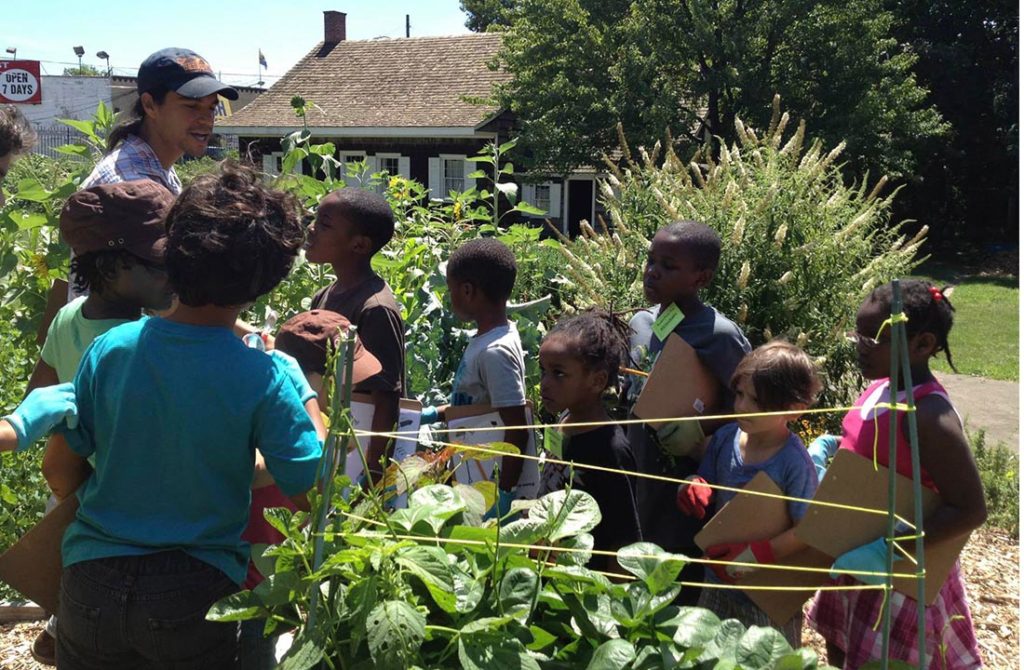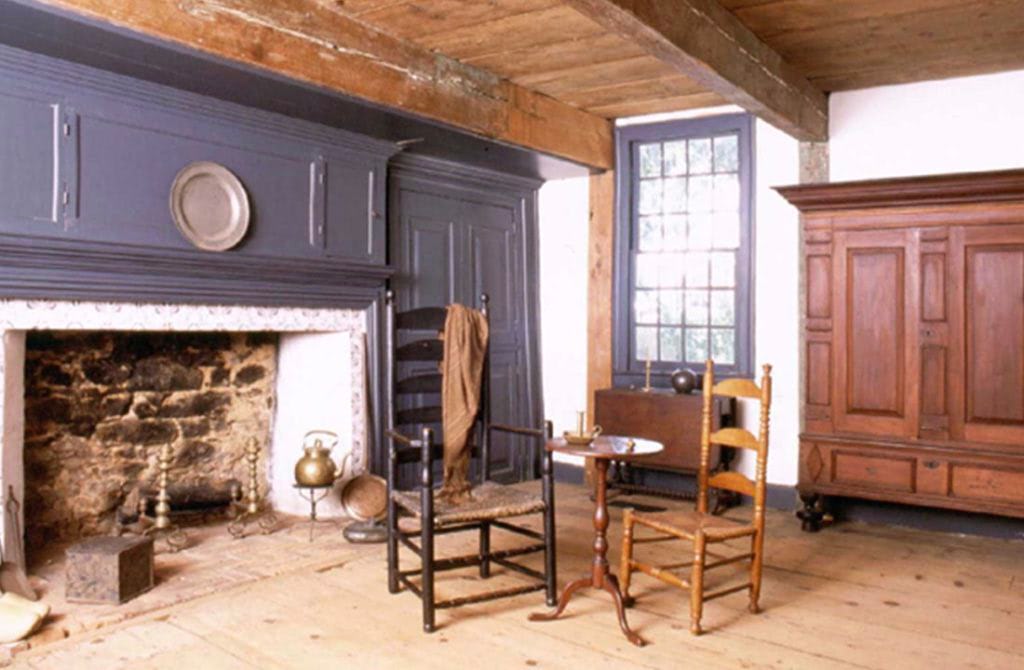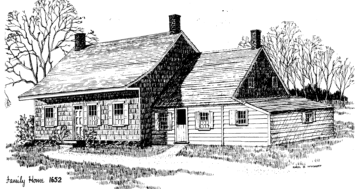Built ca. 1652, the original portion of the Wyckoff House Museum is the oldest structure in New York State and its first officially designated landmark.
Wyckoff House's history exemplifies the diversity of Brooklyn’s colonial farms, where Dutch-American landowners, enslaved and freed Africans, and later European immigrants labored on some of the country’s most fertile land.
Pieter Claesen Wyckoff, an illiterate teenage farm laborer, arrived in the New Netherlands in 1637. After serving his indenture to the van Rensselaer family, he and his wife, Grietje van Nes, settled in the village of Nieuw Amersfoort (modern East Flatbush-Flatlands, Brooklyn) where Wyckoff became a successful farmer and magistrate. Today his and Grietje’s eleven children have more than 50,000 descendants.
The Wyckoff House Museum typifies the vernacular farmhouse architecture of the Dutch-American farms of Brooklyn and Queens. Generations of Wyckoffs enlarged and altered the house and continued to farm the land until 1901.
Wyckoff descendants established the Wyckoff House & Association in 1937 and re-purchased the house from its last private owner in 1961. In 1965 the house became the first structure to be designated a New York City Landmark. The Association donated the House to the City of New York in 1969. Extensively restored, it opened to the public in 1982.
Today, the Wyckoff House Museum’s primary mission is to preserve, interpret, and operate New York’s oldest building and the surrounding one-and-a-half acres of park. Through innovative educational and farm-based programs the museum builds cultural and agricultural connections within their community, emphasizing immigration, family, food, and community through history.


The Wyckoff House Museum is owned by the New York City Department of Parks & Recreation, operated by the Wyckoff House & Association, and is a member of the Historic House Trust.
If you would like to donate to Wyckoff House Museum directly, please click here.
Brooklyn
M. Fidler-Wyckoff House Park





